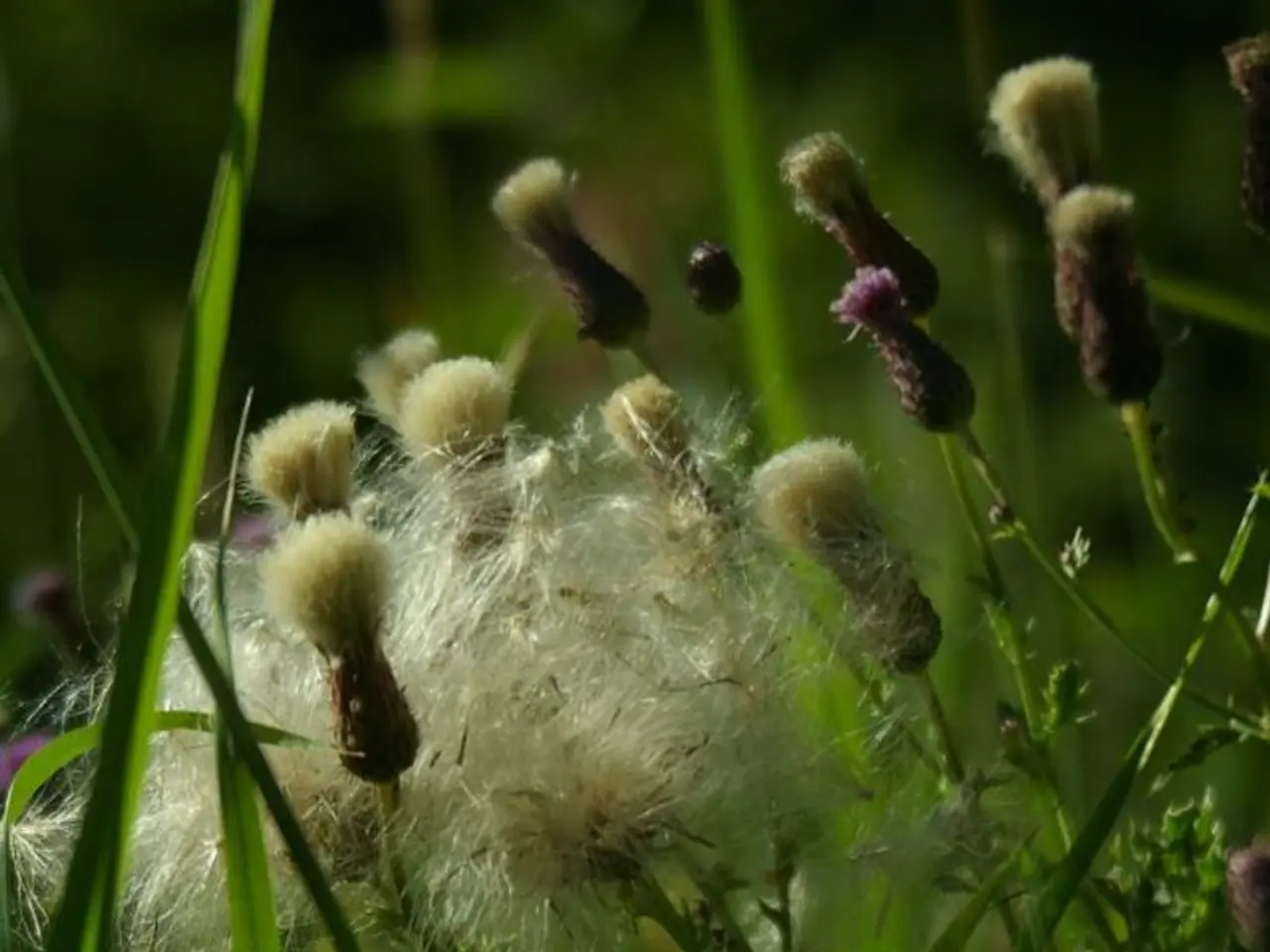Employing Greenhouse Structures for Eco-Friendly Cultivation: A Sustainable Option
Hoop shelters, also known as hoop houses or polytunnels, are becoming increasingly popular among organic farmers. These tunnel-framed structures, made of flexible lines or metal bars bent into arcs, covered with plastic, fabric, or other materials, offer several advantages in organic farming.
One of the primary benefits is season extension. Hoop shelters enable year-round or extended-season growing, protecting crops from frost and harsh weather. This means organic farmers can harvest fresh produce well beyond the outdoor growing season [1][5].
Another advantage is weather protection. Hoop shelters shield crops from rain, wind, excessive heat, and cold, reducing crop loss and providing more consistent yields [1].
In terms of pest and disease control, hoop shelters reduce exposure to many pests and diseases, helping organic farmers avoid synthetic pesticides and rely on natural pest control methods instead [1][5]. The enclosed environment of hoop houses creates a microclimate that protects crops from harsh weather conditions, pests, and diseases.
Hoop shelters also improve plant quality. Plants grown in the stable, controlled environment of hoop shelters tend to have better flavor, texture, and nutrient content [1].
Moreover, enhanced soil and fertility management is another benefit. Using cover crops in hoop shelters during off-seasons can improve soil organic matter, structure, and microbial activity, benefiting nutrient cycling and fertility management [5].
However, hoop shelters do come with some challenges. Initial setup cost is one of them. Although more budget-friendly than glass greenhouses, hoop shelters still require investment in materials and labor to build and maintain [1].
Durability and maintenance are other considerations. Their simple polyethylene covers can be vulnerable to tears, UV degradation, and damage from wind or storms, necessitating periodic repairs or replacement.
Limited climate control is another disadvantage. Unlike full greenhouses, hoop shelters often lack heating, cooling, or sophisticated ventilation systems, which can limit protection in extreme conditions or require additional management effort [1].
Labor intensity is also a factor. Managing temperature, humidity, ventilation, and pest control organically inside hoops demands ongoing attention and skill.
Potential issues with humidity and disease can arise if ventilation is inadequate, high humidity inside hoop houses can promote fungal diseases that require careful monitoring and management [1][5].
In summary, hoop shelters offer organic farmers an effective, relatively affordable way to protect crops, extend seasons, and improve quality while supporting organic practices, but they require careful management and maintenance to address their physical and climatic limitations. The benefits often outweigh the challenges for those committed to organic, season-extended growing [1][5].
References:
[1] National Sustainable Agriculture Information Service. (2021). Hoop Houses. Retrieved from https://attra.ncat.org/attra-pub/hoophouses/
[5] The Organic Center. (2019). The Benefits of Hoop Houses for Organic Farming. Retrieved from https://www.organic-center.org/report/the-benefits-of-hoop-houses-for-organic-farming/
Organic farmers can incorporate hoop shelters into their home-and-garden lifestyle, as these structures provide opportunities for sustainable-living by growing produce year-round and improving plant quality. The enclosed environment of hoop houses creates a microclimate that protects crops from harsh weather conditions, pests, and diseases, thereby achieving a healthier lifestyle and contributing to sustainable-living.





